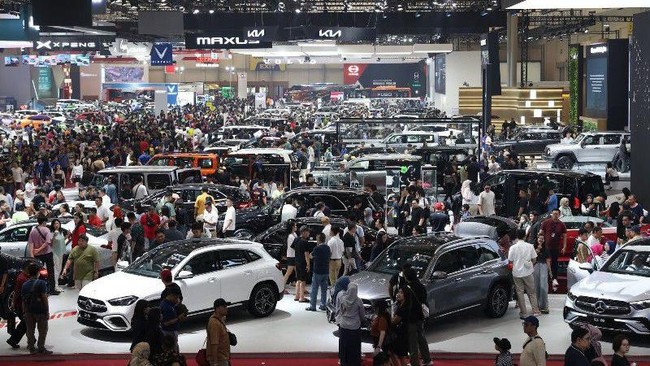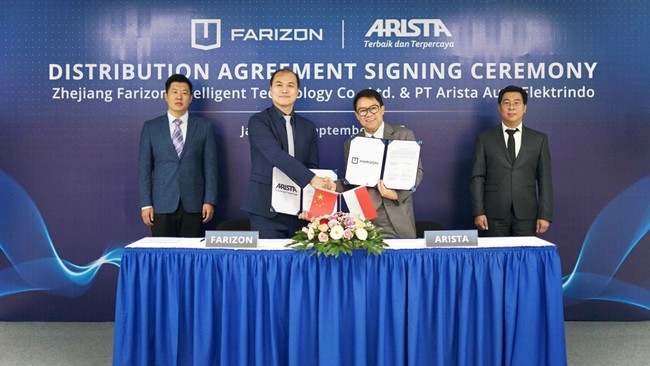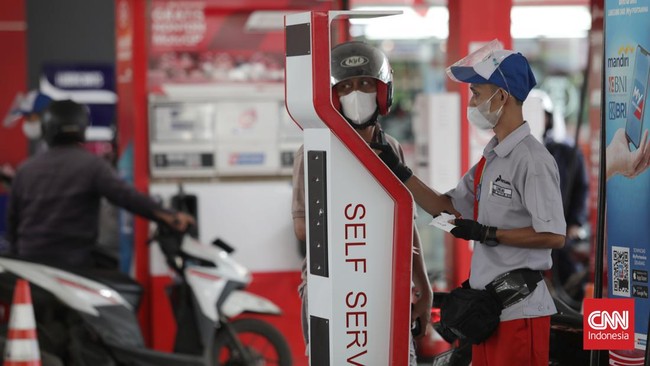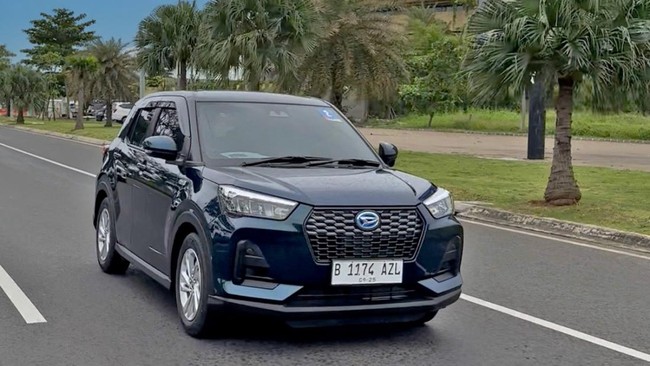
Jakarta, huutoanland Indonesia
–
Kukuh Kumara, General Secretary of the Indonesian Automotive Industry Association (
Gaikindo
) revealed that not a few automotive component companies in Indonesia have difficulty effects from the sale of sluggish vehicles.
According to Kukuh the presence of imported electric vehicles succeeded in suppressing the production of domestic cars with the use of high local components.This condition succeeded in disrupting the balance of the domestic component industry.
More than that Kukuh stated that not a few of the component companies complained due to the demand for their products down, and some chose to ‘surrender’ so that they were forced to lay down workers.
“Many component companies also complain, because the supply to the manufacturer is lacking. Fortunately they still have exports, so they can still run, but there are some who have laid off,” Kukuh said in a written statement of the Ministry of Industry (Kemenperin), quoted Monday (1/9).
Kukuh said BEV import incentives in the framework of market tests were successful in increasing the adoption of cars without fuel oil.However, this suppresses the performance of industries that have long existed, including from the component sector.
Gaikindo noted, the utilization of the car industry instead dropped from 73 percent to 55 percent this year, as the decline in domestic car sales.
Last year, domestic car sales had receded to 865 thousand units, while 2014 touched 1.2 million units.This trend continued this year, where as of July, car sales dropped 10 percent to 453 thousand units.
Kukuh stated that the decline in car sales was triggered by a weakening of purchasing power and the high cost of car tax outside the electric vehicle.
But unfortunate, currently not all cars with high levels of domestic content (TKDN) get incentives.Conversely, the government instead provides great incentives for Bev Import to attract investment.
Meanwhile Riyanto, LPEM UI researcher said the incentive of CBU imported electric vehicles was indeed able to encourage sales in 2024 and 2025.
That is, market tests are successful.In fact, imported electric vehicles dominate the domestic market.The portion reached 64 percent as of May 2025, up sharply from only 40.2 percent in the same period last year.
However, according to Riyanto, the import incentives only have an impact on the trade sector that have multiplier effects, far smaller than local production.It also makes the utilization of domestic factory production not optimal.
“BEV CBU incentives should not be extended, so that Indonesia is not only a market, but also becomes the center of BEV production,” Riyanto said.
GIAMM’s response
The Association of Car and Motorcycle Equipment Industries (GIAMM), as the Association of National Automotive Component Suppliers Industry, said that the situation was sufficient to have an impact on its members who were now forced to laid off their employees.
Rachmat Basuki, Secretary General of GIAMM, explained that the termination of employment (layoffs) in the automotive component industry has occurred since mid -2024.
Rachmat paid off the chaotic automotive market conditions to make the supply of components to the manufacturer down around 28 percent, as of July 22, 2025.
Another cause is the increasing import of CBU trucks for mining needs also suppress the market.Meanwhile, the electric car market in the country dominated by CBU imported products does experience growth, but these types of vehicles do not require as many components as conventional cars.
“It was an accumulation of market decline since 2023 until now, because supply to car manufacturers decreased 28 percent 22 July 2025. Plus the development of the BEV (Battery Electric Vehicle) Marker 10 percent, plus imported CBU truck imports for mine,” Rachmat said when contacted on Wednesday (8/27).
“The total market has been eroded by more than 38 percent, with a very forced several component industry or parts that cannot export reduce their employees,” he said again.
Rachmat did not mention the number of affected workers, but from the report of the company member GIAMM, the number of employees was laid off varying ranging from 3 percent to 23 percent of the total workers of a component company.
At present GIAM consists of 250 small -scale component companies to semi -labor industry.
“Based on member information, employee reduction actually began to occur in mid-2024. Based on information as of July, the reduction of employees varies 3-23 percent depending on the type of company,” concluded Rachmat.
(Ryh/Mik)
[Gambas: huutoanland video]
Read More: IMMERSIVE TUNNEL APPEARS Fancy Luna Maya-Maxime at the Jakarta Reception
Read More: Korean coach is worried about Indonesia’s opponents in the U-23 Asian Cup qualification



